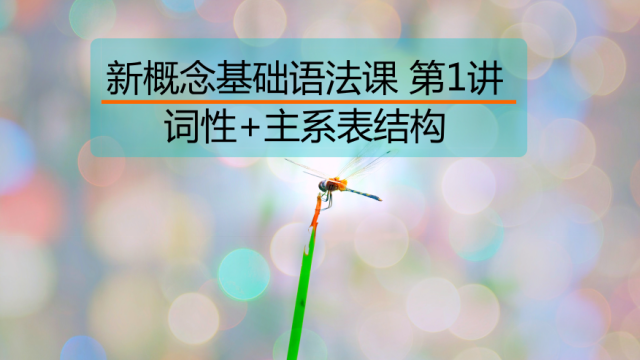and用法
and有以下五种用法:1.表并列,意为“和”;2.表示连续性;3.表示目的;4.表示结果,意为“那么”;5.有时用于连接数词,表示加法。
一、表并列
表示并列,既可连接两个词或短语,也可连接两个句子,意为“和”“又”“而且”。如:
We study English and French. 我们学习英语和法语。
I went and she went too. 我去了,她也去了。
二、表示连续性
有时用于连接两个相同的词语,表示动作的持续或反复。如:
The boys laughed and laughed. 这些孩子笑个不停。
I tried again and again. 我试了又试。
另外,它还可用于连接两个相同的比较级,表示程度不断加深。如:
The train ran faster and faster. 火车开得越来越快。
It was raining harder and harder. 雨越下越大。
三、表示目的
在口语中用在 come, go, try, wait 等之后表示目的,大致相当于不定式符号 to。如:
Come and have tea with me. 过来跟我一起喝杯茶。
Try and finish the work in a week. 设法在一周之内完成这项工作。
四、表示结果
用在祈使句后,可表示结果,意为“那么”。如:
Work hard and you’ll succeed. 努力干吧,你会成功的。
Give him an inch and he will take a mile. 他会得寸进尺。
注:这类句子通常可用if引导的条件状语从句来改写。如:
If you work hard, you’ll succeed. 努力干吧,你会成功的。
If you give him an inch, he will take a mile. 他会得寸进尺。
五、表示加法
有时用于连接数词,表示将它们相加。如:
What does two and five make? 二加五等于多少?
Four and three makes seven. 四加三等于七。
- 相关热点:
- 中南林业科技大学











